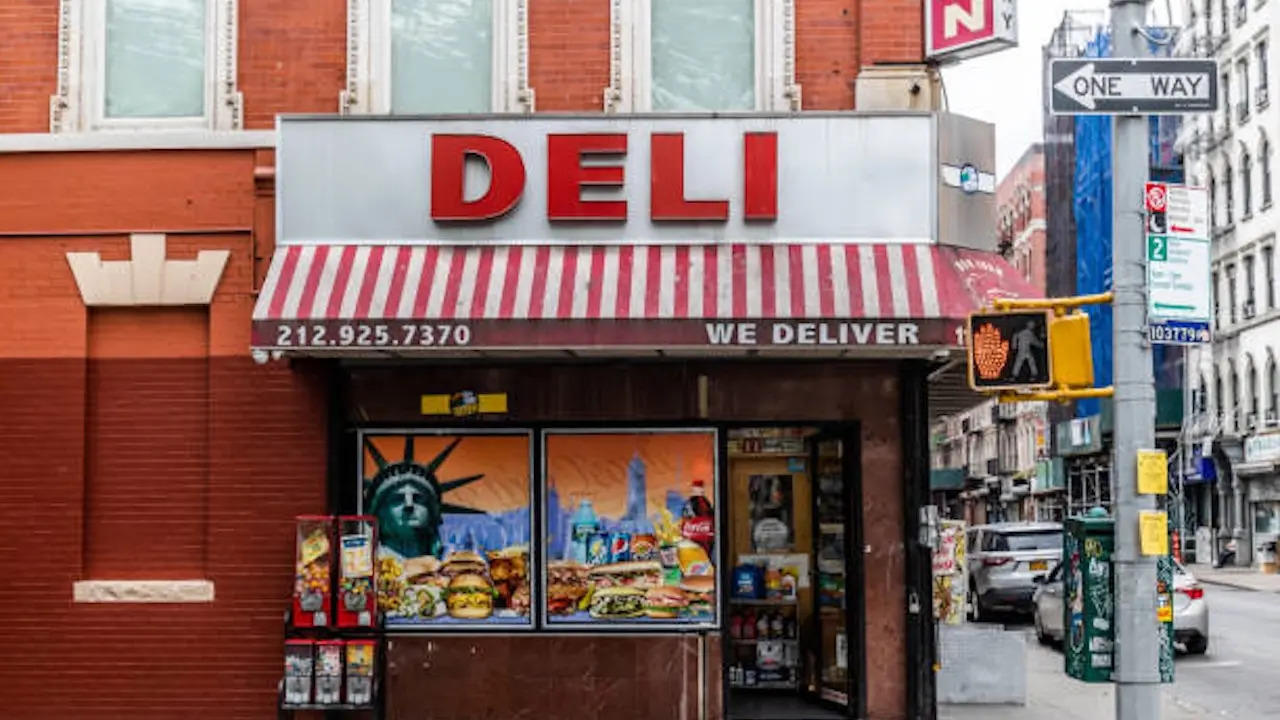Reel Sisters and African Voices Boost Brooklyn’s BIPOC Arts, Aiming Past Local Lines

In a city defined by its plurality, new Brooklyn leaders are reframing what justice, representation, and creativity mean for communities long under-served by city hall and society at large.
At a time when New York’s grand ambitions seem forever shadowed by its chronic inequities, the borough of Brooklyn is producing not merely headlines but a raft of homegrown, principled disruptors. From a local arts impresario reshaping the city’s screens, to community advocates hauling history into public consciousness, this year’s “Just Brooklyn” prize-winners signal a generational tilt—both in priorities and in personnel. Brooklyn, it seems, is setting the city’s civic compass anew.
The latest honorees, spotlighted by the venerable Our Time Press newspaper, run the gamut from Carolyn A. Butts—a cultural crusader behind Reel Sisters of the Diaspora Film Festival and African Voices Magazine—to Chino Hardin, co-director at the Center for NuLeadership on Human Justice and Healing. Unlike the cigar-smoking, Tammany Hall archetypes of old, these modern laureates cut their teeth on activism, community-building, and a scepticism borne of lived experience rather than elite pedigree.
Their emergence agrees with the zeitgeist. Brooklyn, home to 2.7 million souls and a powerhouse in everything from hip-hop to high finance, is emblematic of urban America’s shifting political sands. Recent elections delivered bruising upsets, with sky-high turnout in Bed-Stuy and a new crop of candidates ousting entrenched players. Such ferment bodes well for civic engagement even as it presents challenges to governing a borough whose needs are as diverse as its block associations.
The stakes for the city are not trifling. The past months have seen landmark developments: legislation sponsored by Assemblymember Monique Chandler-Waterman and State Senator Zellnor Myrie created New York State’s first Office of Gun Violence Prevention; at the same time, the state returned the skulls of 19 African-descended individuals, mutilated for pseudo-scientific study in 19th-century Leipzig, to American soil. These acts—symbolic and practical—portend a reckoning with both legacy and the limits of progress through mere optics.
New leaders bring new preoccupations. Ms Butts, for example, has spent three decades expanding platforms for women of color and BIPOC artists, not only nurturing talent but also publicly interrogating the gatekeepers of New York’s billion-dollar creative industries. Meanwhile, on the policy front, the cohort includes a wide spectrum: independents like ex-Governor Andrew Cuomo, millennials like Zohran Mamdani, and a coterie of left-leaning legislators bent on upending the old order’s creaking machinery.
If these developments sound familiar, they are—on the micro, mirroring the macro. Conservatives, moderates, and progressives are locked in pitched clashes nationally, but the fault lines in Brooklyn run deeper: here, generational divides are as pronounced as ideological ones. Recent events, from pushes against anti-DEIA measures to relentless advocacy for MWBEs (Minority and Women-owned Business Enterprises), encapsulate a city in torque, straining against both its better aspirations and its starker realities.
The economic subtext is plain. The city’s vaunted cultural engine relies disproportionately on talent drawn from communities historically redlined out of opportunity—yet data shows MWBEs still account for a paltry share of municipal contract dollars. At the same time, initiatives to mitigate housing and healthcare inequities—from Right to Counsel NY to the belated timelines for affordable housing at Atlantic Yards—illustrate the puniness of past efforts when pitted against present need.
New voices, old challenges
Cynics may complain that such ferment leads mainly to more “spotlights” and not enough bread-and-butter achievement. This would underestimate, however, the persistence and pragmatism of Brooklyn’s civic actors. Programs like “Get Heart Smart!” and events for National Trauma Awareness Month are modest in scale, but their efficacy lies in building social capital—the tissue connecting neighbors, businesses, and the city’s famously fractious agencies.
Comparisons with other global megacities are instructive. London, Paris, and Toronto all face crosswinds between legacy communities and ascendant new majorities. Yet New York’s entrenched inequalities—spanning everything from property-tax lien sales (“The Black Tax”) to spotty public-pool access—embarass the city’s progressive self-image. Interventions must walk a tightrope between redress and efficiency, lest the city’s vaunted dynamism ossify into gridlock or, worse, public cynicism.
The stakes of getting this right are not limited to the boroughs. As the generational handoff continues, influences from Brooklyn ripple outward, shaping policy lab efforts, creative industries, and voter mobilization across the republic. With the next presidential cycle already looming, turnout surges and winning coalitions forged in Flatbush or Brownsville may soon matter in Albany and Washington alike.
What does this portend for New York—and by extension, urban America at large? The classical-liberal in us sees promise: a city ceaselessly re-inventing itself through messy, raucous debate, and a healthy distrust of all things ossified. Still, data point to unresolved tensions. “Free access” to public goods is often delivered fitfully, and hard-won policy victories—whether the return of historical remains or expanded counsel for renters—can feel both virtuous and incomplete.
Nonetheless, Brooklyn’s latest crop of civic innovators suggests that the city’s famed ability to absorb change, channel dissent, and realign political priorities remains, if not buoyant, then at least stubbornly effervescent. This augurs well for a metropolis forever threatened by stasis, nativism, or elite nostalgia. After all, in a city built on the successive aspirations and disappointments of its newcomers, every pivot offers a hard-won vista.
Even as the rhetoric heats up and priorities diverge, the lesson from Brooklyn is both pragmatic and quietly optimistic: building the city of the future depends less on charisma or pedigree, and more on the unglamorous labor of expanding access, threading communities together, and holding the powers that be to account. ■
Based on reporting from Our Time Press; additional analysis and context by Borough Brief.